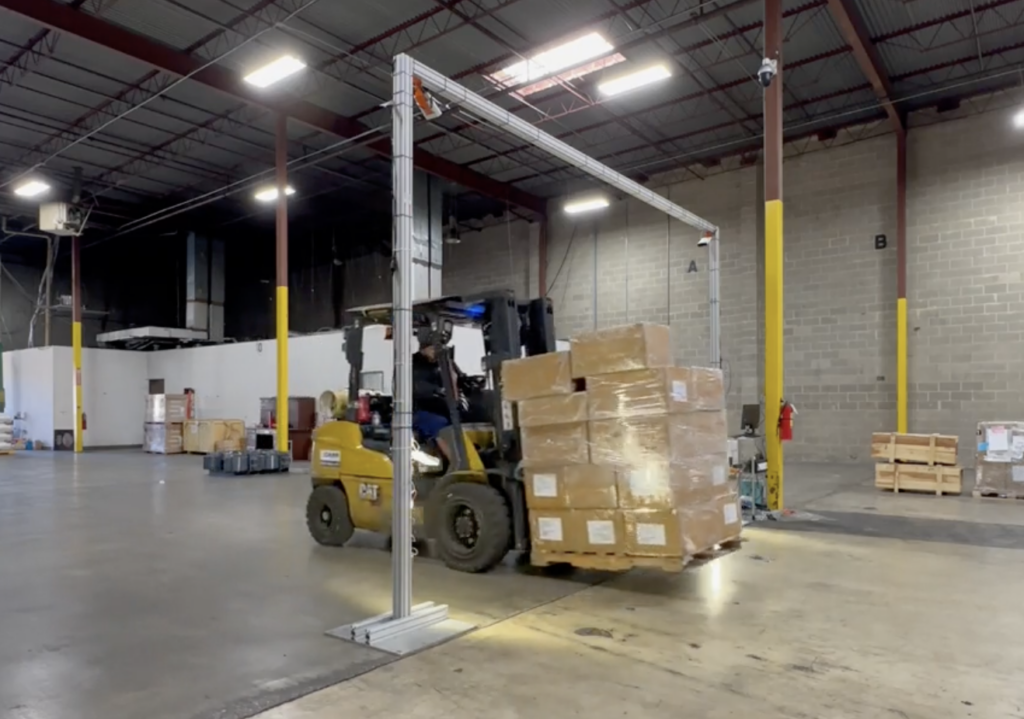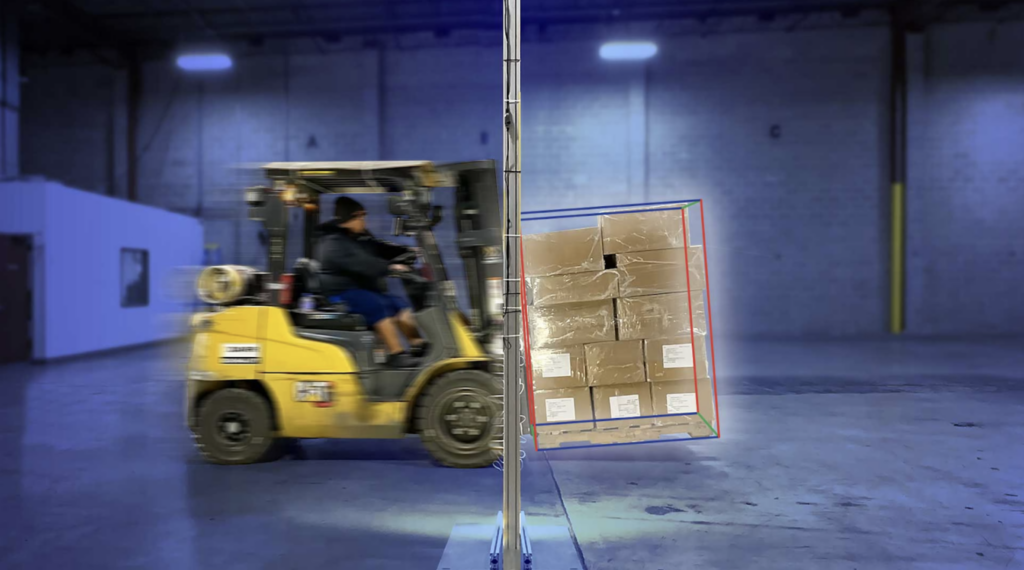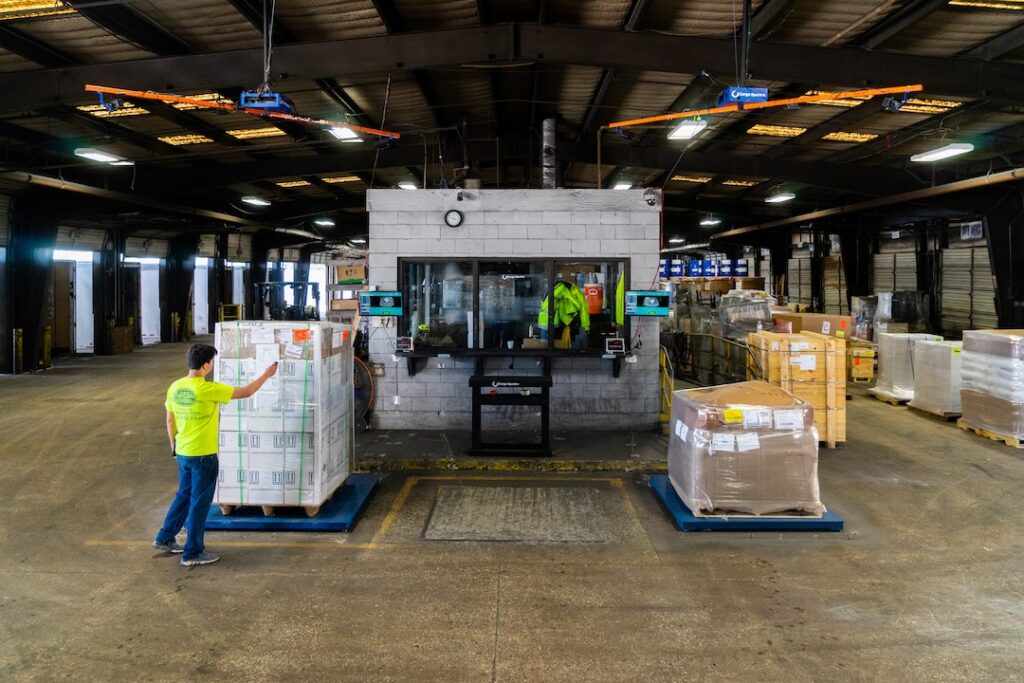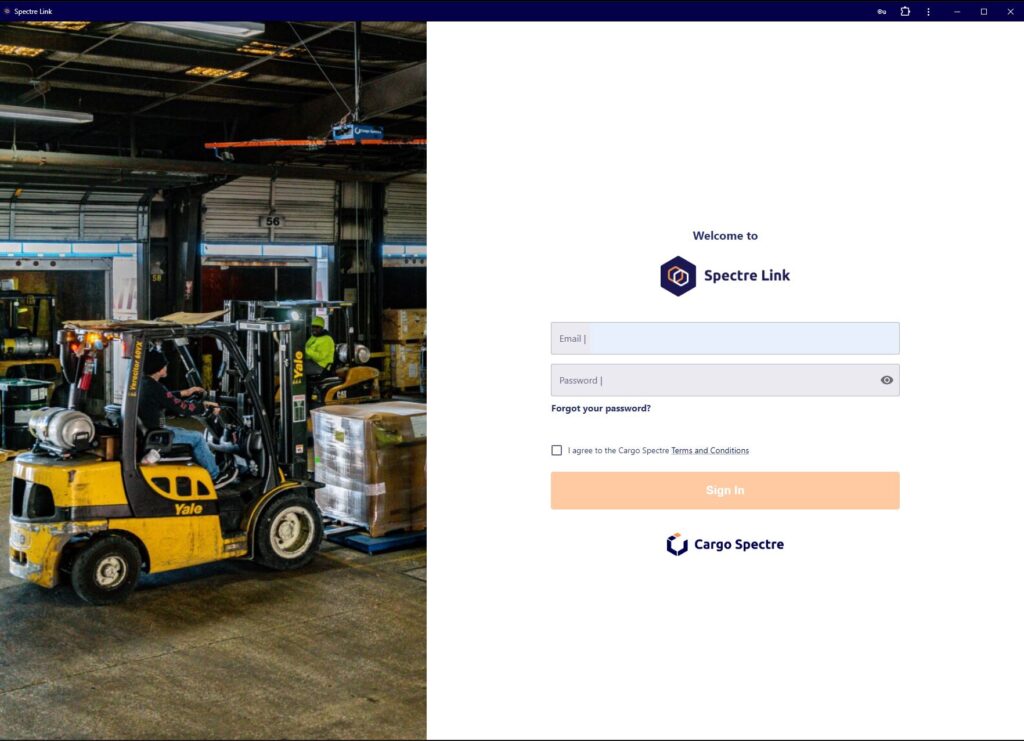
In a significant move toward efficiency and fairness in freight pricing, the National Motor Freight Traffic Association, Inc. (NMFTA) is set to implement a density-based classification system in the first quarter of 2025. This shift marks a departure from the longstanding NMFC (National Motor Freight Classification) system that bases freight classification on a mix of density, stowability, handling, and liability. The new density-based classification focuses primarily on the density of shipments, which is a more straightforward and often a more equitable method of determining shipping costs.
The Shift to Density-based Classification
The density-based classification system calculates shipping charges based on the volume freight occupies in relation to its weight. This approach is being implemented because it more accurately reflects the actual costs of transporting goods than the traditional NMFC system. Density is an objective criterion that simplifies the calculation process, reduces disputes over freight class, and increases transparency between shippers and carriers.
Here are a few reasons why this shift is beneficial for carriers:
1. Simplification of Freight Classification
Under the NMFC system, carriers often face challenges in assigning the correct freight class, a process that can be subjective and contentious. The density-based classification eliminates much of this complexity by focusing on a simple, measurable factor: density. This straightforward approach minimizes errors in classification, leading to fewer disputes and claims between shippers and carriers.
2. More Accurate Pricing
By focusing on the space that freight actually occupies, carriers can price their services more accurately. This accuracy prevents losses from underpriced jobs and optimizes the use of cargo space. Carriers can adjust their strategies based on precise, reliable data, ensuring that space on transportation modes is utilized efficiently, reducing wasted space and increasing profitability.
3. Enhancing Operational Efficiency
With the shift to a density-based system, carriers can improve load planning and vehicle utilization. Accurate dimensional data allows for better decision-making in real time, enhancing operational efficiency. This improvement is pivotal during peak seasons when space optimization is crucial for profitability.
4. Fairness and Transparency
This method offers a more transparent pricing strategy that can be easily verified by both parties. Since the calculation is based solely on measurable physical properties of the cargo, it instills a level of fairness that might not be as palpable in more subjective systems. Transparency builds trust, and trust retains customers, which is beneficial for long-term business relationships.
5. Reduction in Cargo Damage
Accurate dimensioning and weight data lead to better handling instructions and stowage plans which reduce the likelihood of damage. The improved accuracy in handling requirements based on cargo density ensures that fragile items are given the attention they require, leading to fewer insurance claims and happier customers.
How Cargo Spectre Can Help
Cargo Spectre’s advanced dimensioning systems become indispensable tools as the logistics industry prepares for these changes. Our state-of-the-art systems provide accurate and speedy dimensioning solutions that measure freight size precisely and efficiently, making the transition to density-based classification seamless.
Implementing Cargo Spectre’s dimensioners in your operations means you’ll have access to precise, real-time data that aligns with the new NMFTA requirements. Our systems are designed to integrate smoothly with existing logistics software, ensuring that you can start benefiting from improved dimensioning technology without any hitches.
Interested in learning more about how Cargo Spectre can help you adapt to and thrive under the new density-based classification system? Visit our website or contact us today, and let’s ensure your transition is as smooth and beneficial as possible.
The NMFTA’s move to a density-based classification system by 2025 represents a substantial improvement in freight pricing and management. For carriers, adapting early to this change with the help of trusted dimensioning technology like Cargo Spectre means staying ahead of the curve and turning a logistical challenge into a competitive advantage.






